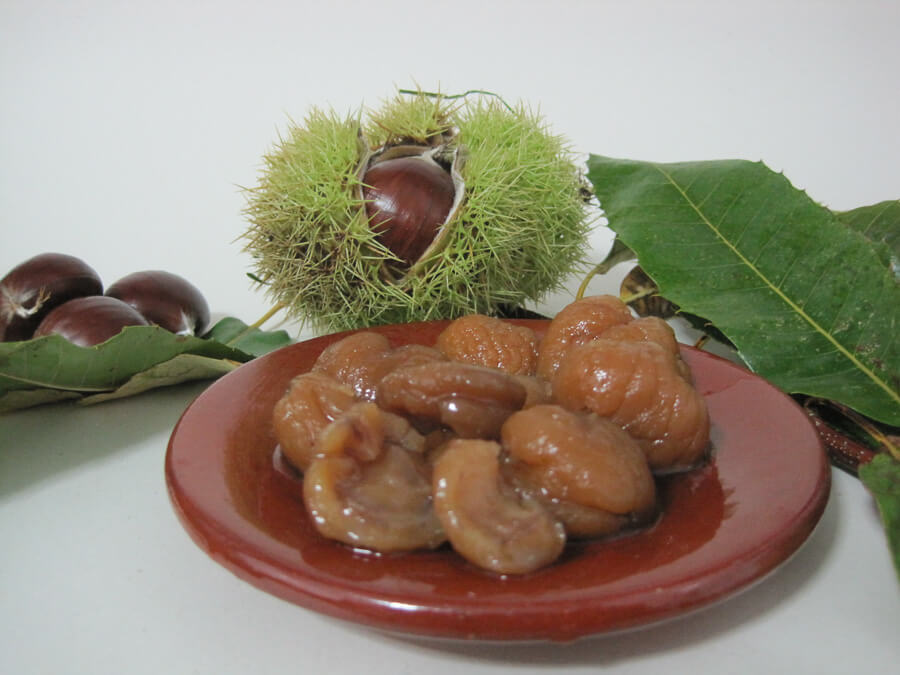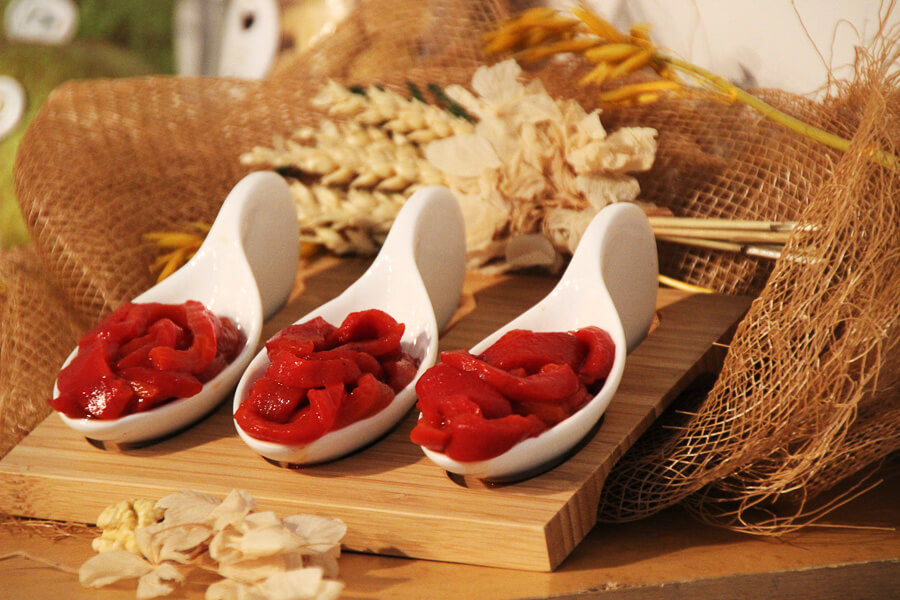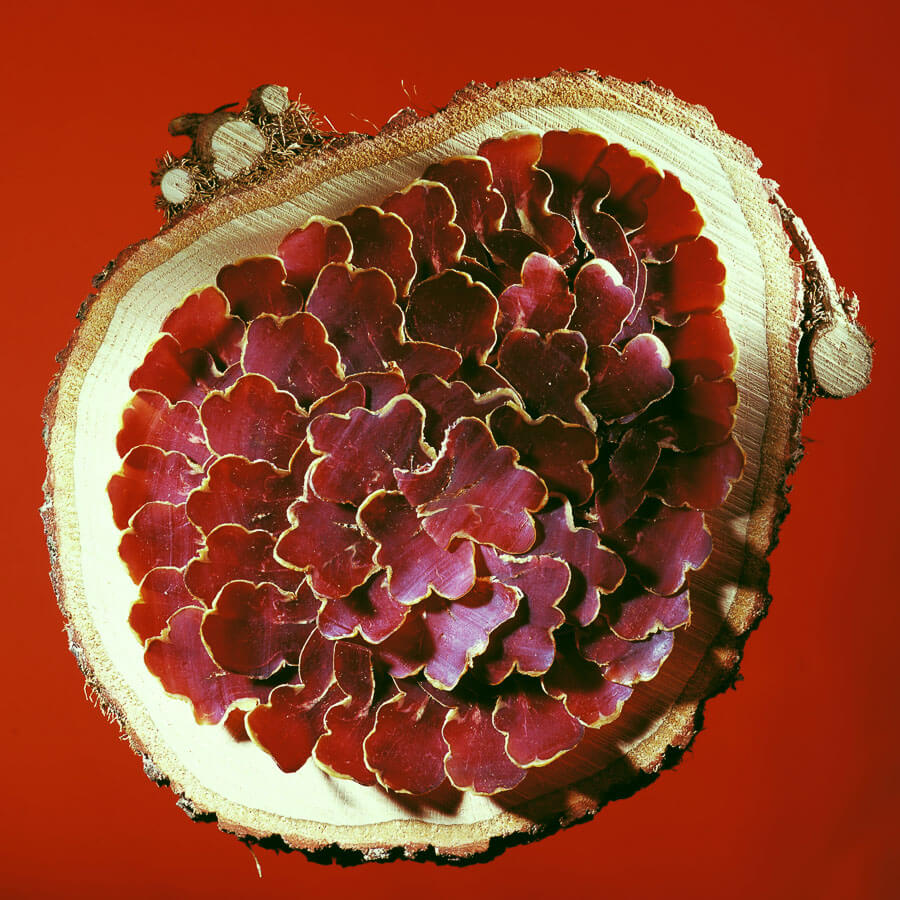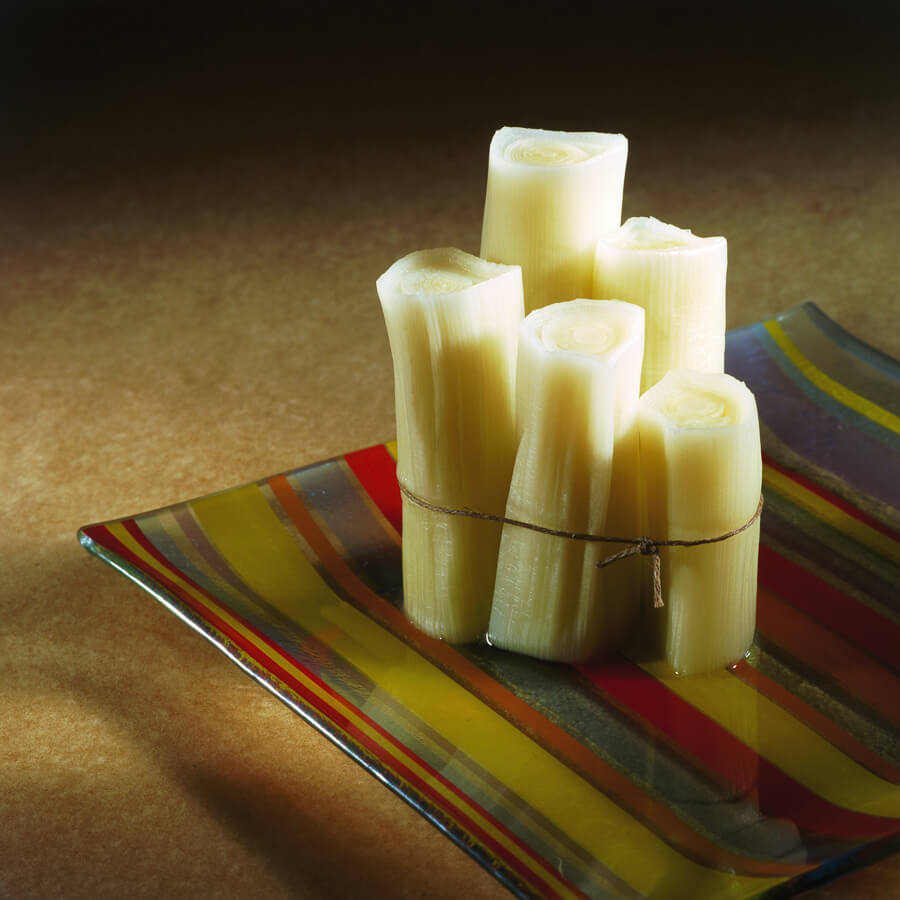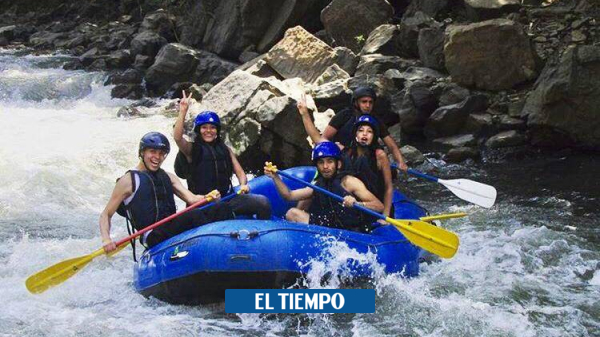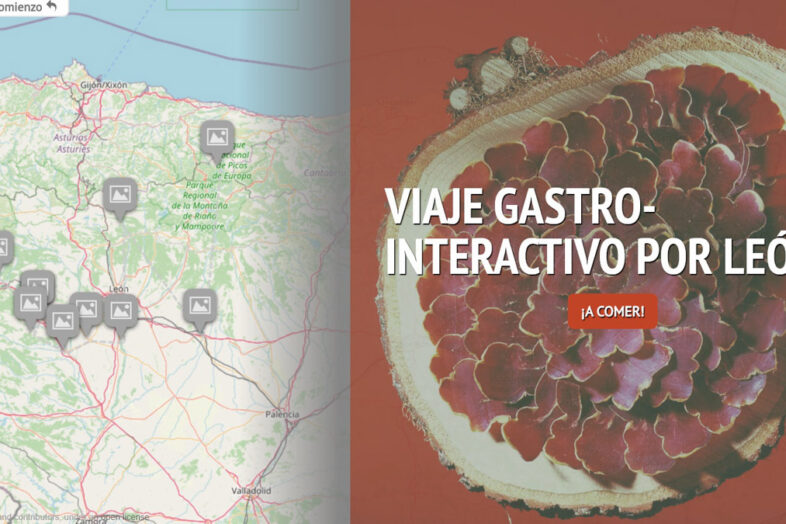
Typical food of LEÓN: GASTRO-interactive route
Taking a space-time trip through Gaudí’s Lion and his Botín House makes you hungry. Lot. That is why I have decided that the ideal complement for that route is to make a gastro-interactive trip through the typical food of León.
Gastro-interactive trip?
Let’s see what this is about.
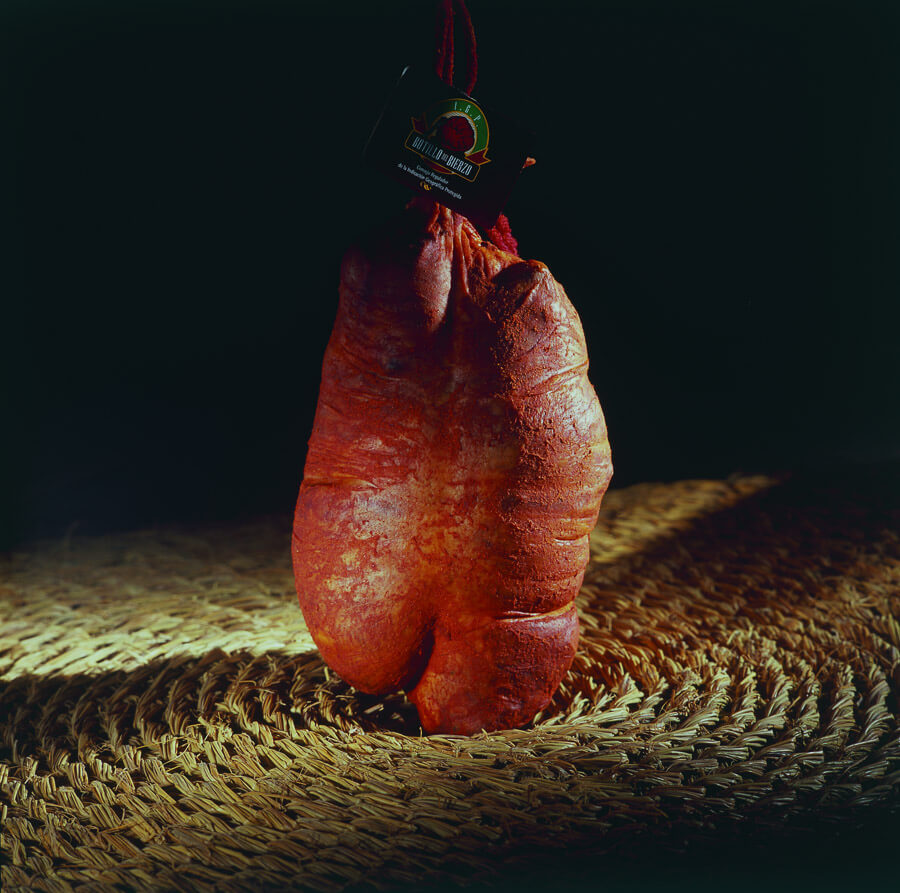 A boxing glove? An XXL chorizo? No, a botillo Del Bierzo
A boxing glove? An XXL chorizo? No, a botillo Del Bierzo
Typical food of León: gastro-interactive trip
Map of the typical food of León
A gastro-interactive trip is one in which you eat with your eyes while flying through the geography of a place. The ideal tool to achieve this is this: an interactive map of the territory to be explored.
If you are an inexperienced explorer in this type of adventure, I explain the mechanism:
Be route through the typical food of León start with the “Let’s eat!». From that moment, there will be a geographical route through the map of the province of León in which the different stops will be different typical products of each region.
Following the map I have included a brief explanation of each product and place visited during the route, and I will tell some small stories related to both (like that “mysterious” botillo Del Bierzo that started the article).
Route through the typical dishes of León
The route begins with sweetness: the chestnuts in syrup from El Bierzo, northwest of León. Typical product of autumn, chestnuts are usually associated with magosto, a traditional festival in some regions of northern Spain (such as Galicia, Cantabria, Asturias, León, Zamora, Salamanca and Cáceres) linked to the collection of the chestnut harvest, very similar to the harvest festivals related to the collection of the grape.
Without leaving El Bierzo, the route continues with the pineapple apples. This occurs in various regions of the Iberian Peninsula but the orographic and climatological conditions of this Leon region especially favor its production. Its type of texture and flouriness make it ideal to be cooked in the oven. The roasted pepper from Bierzo it is another of the delicacies offered by the region. The beginning of its cultivation began in the mid-seventeenth century and in 1818 the first canning factory was built, in Villafranca del Bierzo.
The last Bercian product of the route is the one that appeared at the beginning of this article, the botillo of the Bierzo. It is one of the most deeply rooted typical foods of León and an essential dish in festivals and celebrations, especially in winter (in Ourense and in Tras-os-Montes, in the northeast of Portugal, it is known as botelo).
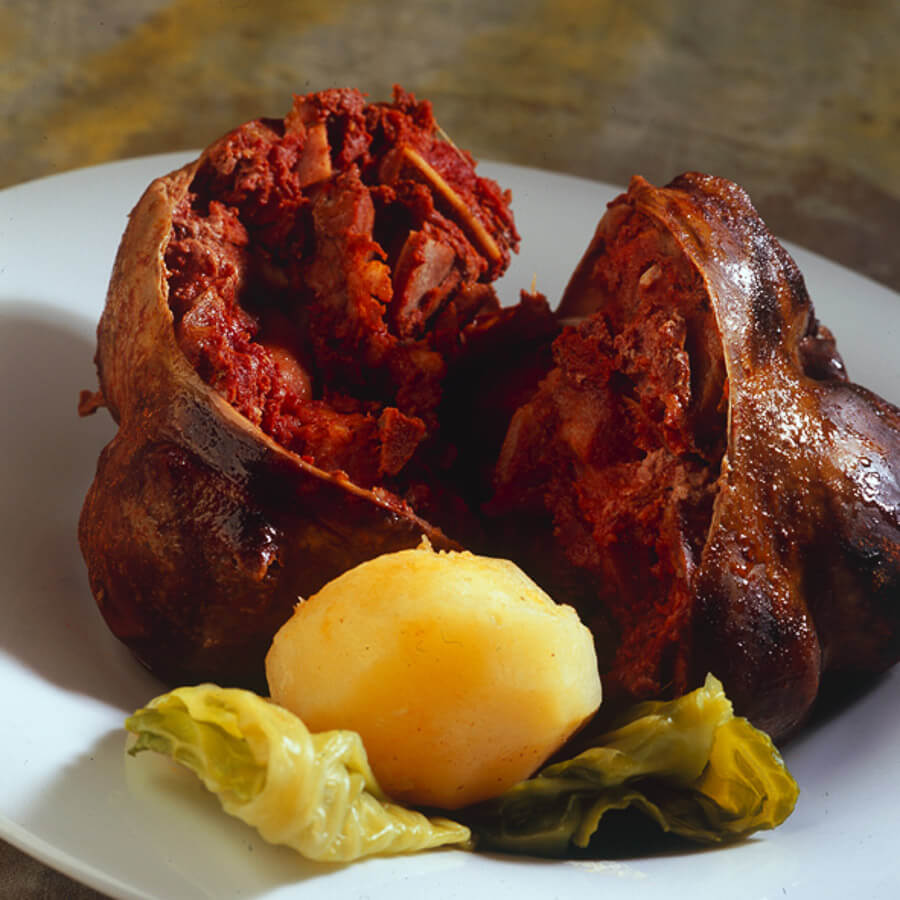
The botillo Del Bierzo is made at the time of slaughter and it is (vegetarians and vegans, refrain from reading this) the thick guts of the pig in which various types of meat of the animal are embedded (ribs, tail, spine, shoulder, cheek). Its origin is an enigma: some historians think that it comes from Roman times, others, that it was the monks of Carracedo or some hermit monk. Its production process requires a minimum of five days, in which the selection, cutting, marinating, sausage, smoking and drying of the product is carried out.
We change region and flavor. We are in Astorga, in the middle of Maragatería, southwest of the province of León. Here, apart from visiting the Episcopal Palace, another of the jewels that Gaudí planted in the area, we can enjoy several typical products of León. One of them is the chocolate from Astorga.
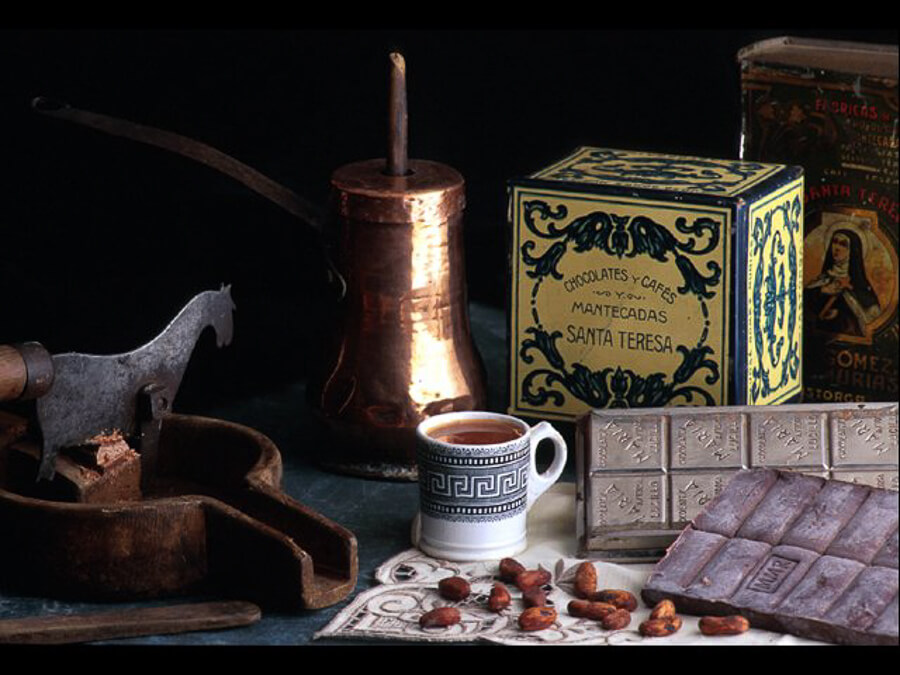
Astorga was one of the first Spanish cities to know chocolate. The chocolate industry grew during the nineteenth century to a total of 49 factories in 1914. The whole story about this delight can be found in the Chocolate Museum of Astorga. (It should be noted that, as an ideal combination for chocolate, in Astorga are also typical cookies and the flaky).
The other typical Leonese food that can be enjoyed in this region is the famous cooked maragato. There are many versions of cocido all over Spain. In all, the essence is usually the same: a stew of vegetables, chickpeas, noodles meats and sausages varied.
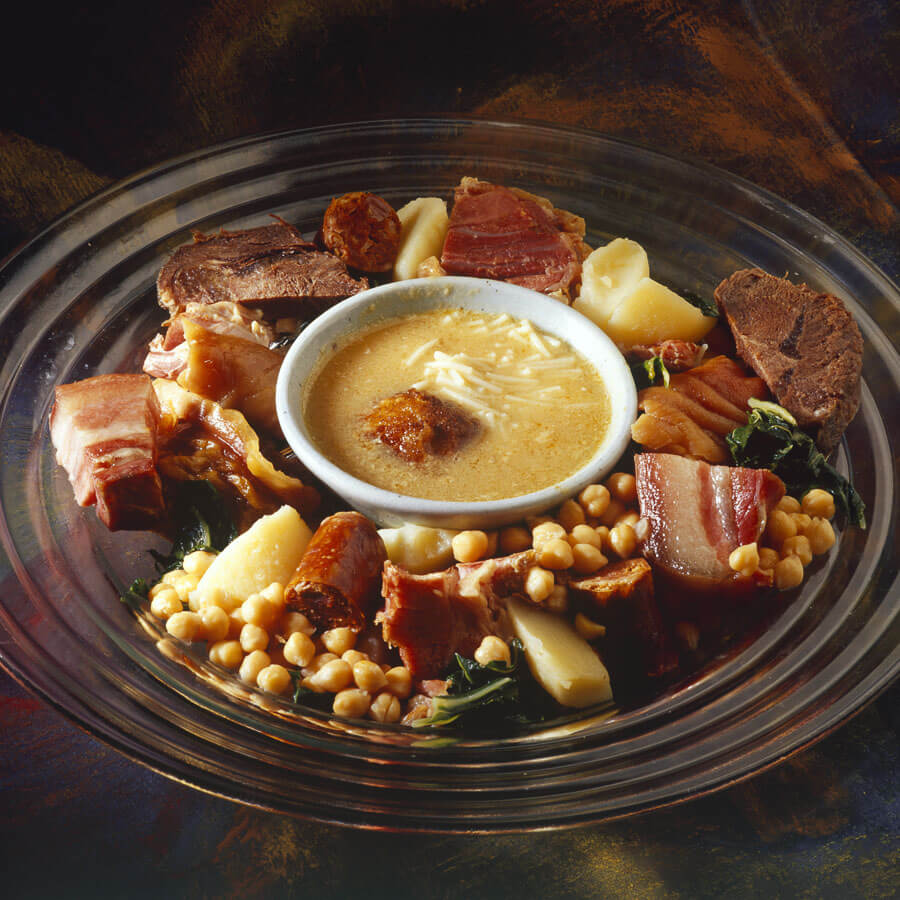
What makes this stew peculiar is the order in which its different parts are eaten: first the meats, then the chickpeas with the vegetables and, finally, the broth. The origin of this tradition is rooted in the history of the humans who inhabited this land and the trade they performed.
History of cocido Maragato:
The word “maragato “(as the natives of the maragatería are called) derives from the Latin”mercator”. For centuries the inhabitants of this area were muleteers and were dedicated to the transport of goods with carts pulled by mules throughout the peninsula.
This trade was hard, because it required to travel long distances and with a certain speed so that their goods would not be spoiled along the way. All this in quite adverse weather conditions.
Given this scenario, the stew became the ideal food: it was forceful and hypercaloric. The muleteers carried the food in pots and heated it along the way. However, it happened that if they ate the soup first and kept the rest of the food on the fire they were too dry, but if they were removed from the heat they cooled the chickpeas and meat. Therefore, they found the solution by reversing the order of intake.
The following typical food of this route through León is also forceful: the Leonese Lamb. The baked lamb (the breeding of churras sheep) is a typical product of the Castilian lands and in the province of León it has a special boom in the surroundings of the Teleno Mountains.
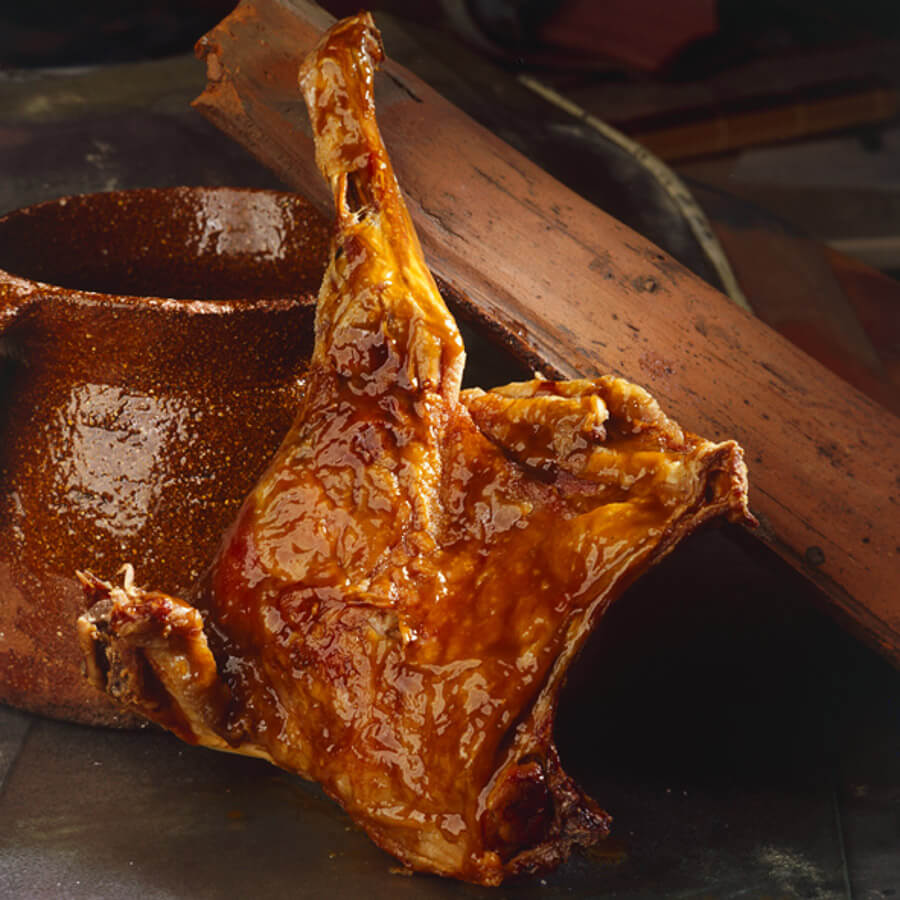
Moving on to legumes, The Lion we find two typical dishes: the bañeza beans and the braised pardine lentil of the Páramo region. Both are local varieties of legumes produced in the south of the province of León.
Without leaving this vegetarian diet, we move on to the other pepper typical of León, the Ash from the Vega. It is a “bell pepper” type, not spicy, ideal for raw consumption (although it is also used in roasted form, such as Bierzo). At the end of September the “Fair of the bell pepper of Fresno de la Vega” takes place.
We continue the gastronomic route through León moving to Vegacervera, in the region of the Central Mountain, north of the province. Here we find the beef jerky. Cecina has been made in a traditional way for hundreds of years using goat meat, smoking with oak wood and curing with the cold of the Leonese mountain.
The Sahagún leek it’s the next product of the route. The Cluniac monks of the monastery of San Benito de Sahagún are considered as the introducers of this vegetable in the area, around the twelfth century.
The leeks of this area are fruity and Holly aroma, juicy, tender, crunchy and easily chewable and is usually consumed fresh, preserved or cream.
The last product of this route for the typical foods of León is one of my weaknesses: the cheese, specifically the valdeón cheese. It is a blue cheese produced in the valdeón Valley, in the heart of the Picos de Europa. It is a cheese matured in caves, with a strong flavor and high fat content, very similar to cabrales de Asturias or picón de Cantabria.
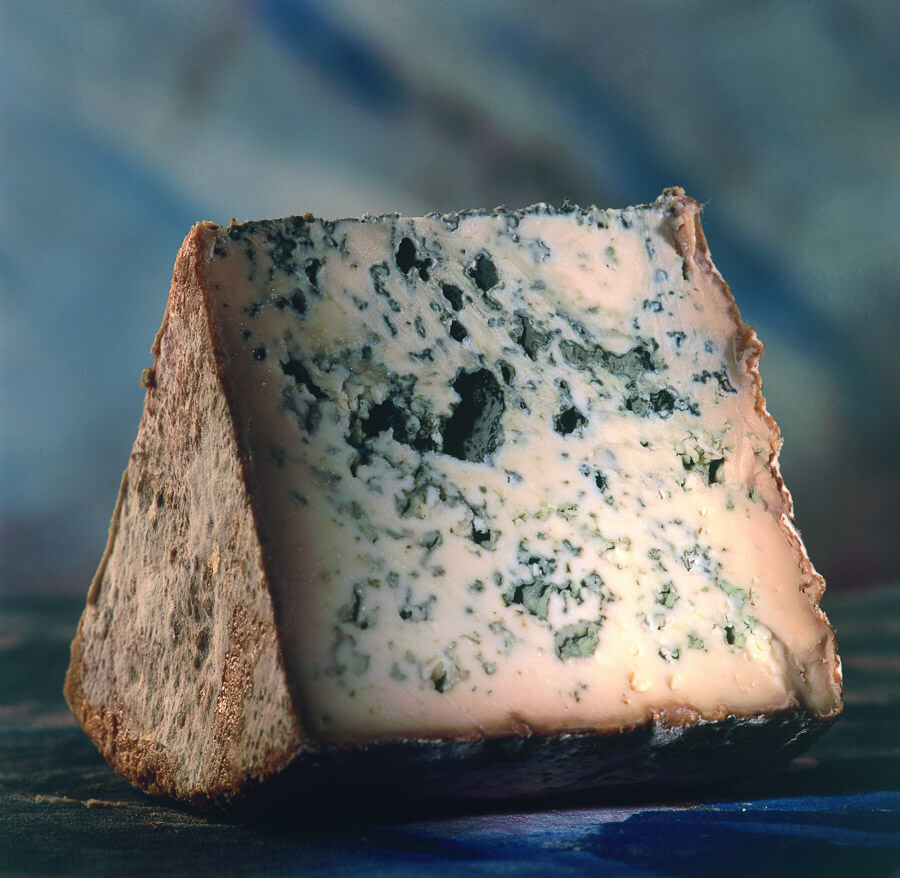
Rural tourism in the province of León
This gastronomic route through the typical foods of León is a powerful incentive for all those who seek rural tourism experiences. For this, there is the web www.conoceleon.es, a tool created by the Provincial Association of Rural Tourism (ALETUR) that works as a reservation center and as a source of consultation and knowledge.
Another reference website to build the route is the tourism of León website, where you can find numerous data and leisure proposals to discover the territory. To know more about the city of León you can visit the page of the City Council of León and the tourist portal of the city.
More items from León
Casa Botines and Gaudí’s Lion: space-time Journey Through León







